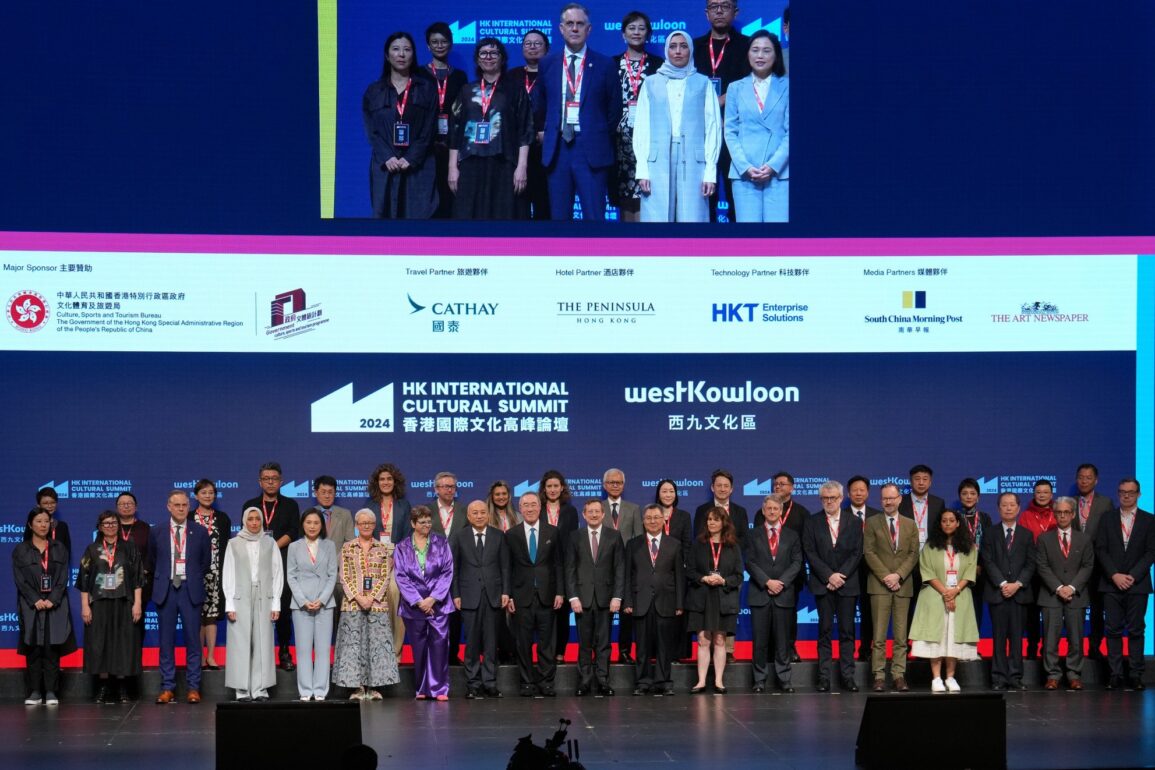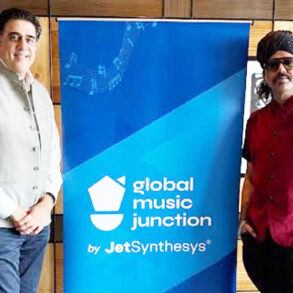“We signed the MOU with M+ because our two institutions share the aspiration to develop new, more inclusive forms of partnership … based on a genuine exchange of knowledge, skills and expertise on both sides,” said Cecile Debray, president of the French museum.
“International collaborations enable us not only to stimulate the cultural scene abroad, but also to diversify our viewpoints within our own institutions. It is a way to challenge and renew oneself, [which] the Musee National Picasso-Paris makes a priority.”
Sitting alongside works at the M+, Picasso’s pieces can be examined from an Asian contemporary perspective that “decentres the Western point of view”, with Debray calling it “an unprecedented project that allows a fresh interpretation of Picasso’s well-known oeuvre”.
She also highlighted the social aspect of learning about Picasso’s works, from the debates about his attitudes towards women to his links with communism.
Debray said one of the aims of the partnership was to benefit from M+’s local expertise, its knowledge of the Hong Kong artistic scene and its links with other institutions in the city.
Tom Learner, head of the Los Angeles-based Getty Conservation Institute’s science department, who also signed an MOU, echoed Debray’s point that international collaborations could open up possibilities for new approaches and perspectives.

“Countries in the West are being made to think very carefully about the process and the way they approach things, [that they] may not be the only way of doing things. I don’t want to generalise about East and West, but there’s a component of that where there are differences,” Learner said.
“Sometimes being challenged on presumptions that you might have had for many years is very helpful in seeing the bigger picture and understanding different perspectives.”
The institute is one of the four branches of the Getty Trust and is focused on advancing conservation practices of artefacts and architecture through scientific research, which according to Learner, is now developing methods to preserve contemporary art.
He said it was a challenge because, unlike traditional mediums of art such as oil paintings or marble sculptures, there was no established knowledge of how the huge range of materials used in modern and contemporary artworks would age and how they should be cleaned.
Will top-class summit put Hong Kong on global cultural map?
Will top-class summit put Hong Kong on global cultural map?
“One of the driving factors for working with M+ was that a lot of our work on modern contemporary art to date has been based around Western – [such as] European and North American – artists and collections,” Learner said.
“There’s a real, as everyone’s doing, push to diversify and apply the same kind of techniques to a much broader group of artists or type of artwork from all around the world,” he said. “It’s the Asian side of this is certainly something that we feel there’s all kinds of research and work that could be done,” he said.
Collaborations with M+ in the future could take the form of virtual professional workshops on conservation or at the respective institutions’ bases in Hong Kong or the United States.
“There’s [also] a whole advantage to sharing resources. Not every single place has to have every single piece of scientific equipment. It’s much better to engage in this sort of sharing option,” he added.

Signing an MOU on behalf of Spain’s Prado Museum with the Hong Kong Palace Museum was its director Miguel Falomir, who has spent the last seven years in his position looking after the museum’s 16th and 17th century European paintings.
“We have to rethink ourselves – we are a museum focused on Western art, art of the past and mostly by white men,” Falomir said. “All the time we’re trying to explain why a museum like Prado still matters to [the audience].
“It’s a question that probably none of my predecessors [asked]. They didn’t need to do that because they assumed that nobody questioned that Western art was the foundation of culture. This is not true. We have to reinvent ourselves. We have to accept that we are living in a more globalised world,” he said.
Falomir said he looked forward to collaborating with the Palace Museum and saw a link between the two institutions because Prado’s collections are mostly from the former royal Spanish court, while the Hong Kong counterpart hosted exhibitions of imperial Chinese artefacts.
“Our public is not familiar with Chinese art,” he said. “I’m convinced that they would love to see Chinese works of art in Madrid.”
Falomir said he was a firm believer in cross-cultural exhibitions as they served as efficient ways to connect different societies.
“Although I think we have to do it with some care, we have to be very aware of the differences in history and societies, but besides that, it’s always easy to find a common ground between different cultures and society throughout history.”
This post was originally published on this site be sure to check out more of their content






